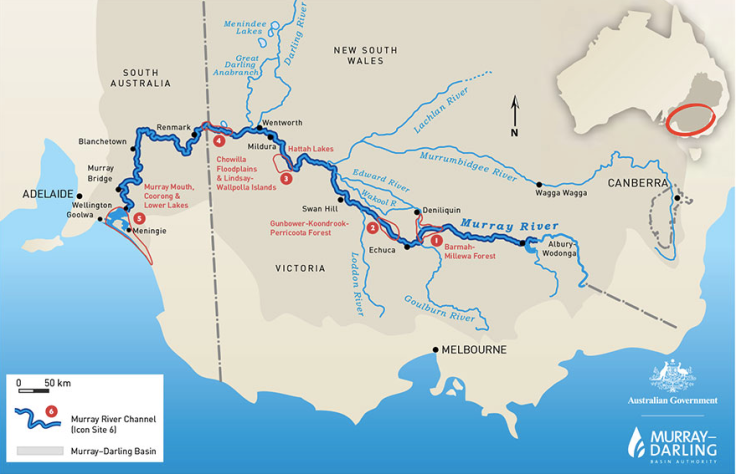The European Carp, Cyprinus carpio, are an invasive species of freshwater fish belonging to the minnow family. Three varieties of carp are abundant in Australian waters; Common carp, Koi carp and Mirror Carp (see figures 1, 2 and 3). During the last few decades carp have become overpopulated across most of South-Eastern Australia and are now the most abundant large freshwater fish in the Murray-Darling Basin.

Carp are recognised for their high adaptability to different environments. Though they prefer warm, still waters and are rarely found in cooler, fast-flowing streams, carp are capable of surviving in both low and high temperatures (4°C – 35°C), areas with low dissolved oxygen levels, and also regions with high salinity and turbidity. 3 Over time, this acclimatisation has resulted in many different variations in the biological features of carp, including their colour and form. Typically carp are a dark green or brown – occasionally yellow or silver – with red-tipped fins. They have four whiskers called ‘barbels’ around their mouth and most varieties possess scales. 1 Depending on both breed and maturity, their length ranges from 20cm to 80cm. Carp primarily feed on plants but may also consume small animals and insects.
The overpopulation of carp has an impact on many of the Earth’s spheres. Most of these issues are sourced from their unique method of feeding; ‘rolling’. Adult carp normally feed on the bottoms of rivers and ponds by sucking mud into their mouths. Consumable food is separated and eaten whilst inedible sediment is released back into the water. Rolling causes sediment to become suspended in the water, resulting in population loss for both plant-life and other fish. Along with affecting the biosphere, rolling also impacts the hydrosphere through reduced river quality and the lithosphere as riverbank erosion.
Carp are commonly found throughout the Murray River as seen on the map below.
